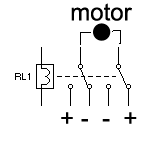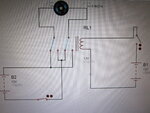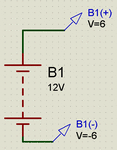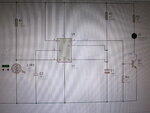EESeeker
Junior Member level 1

i am currently doing a project which requires to control the DC motor. I would like change the DC motor polarity using relay.. but somehow i couldn't figure out...
thx for any guidance!=)
thx for any guidance!=)





